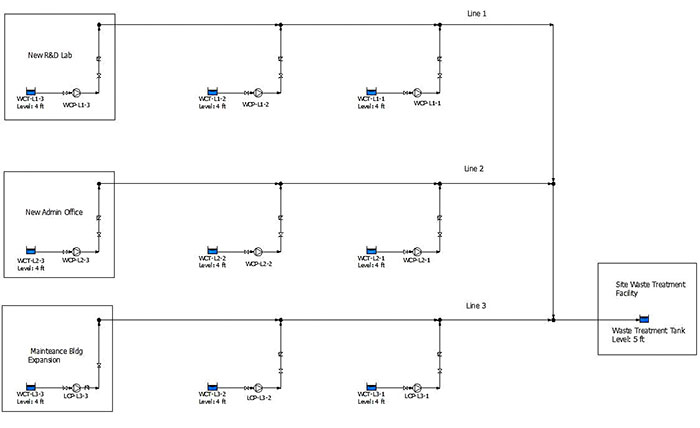Knowing the flow rate within a fluid piping system is one of the most useful measurements in understanding system operations. The equipment used to measure flow rates is typically maintained and calibrated by the plant instrumentation and control groups. Facility flow meters typically monitor custody transfer or are used as the primary elements of flow control circuit. Meters used for custody transfer are designed to provide accurate and repeatable values for flow rates when products are sold or purchased. These types of flow meters often measure a positive volume when dealing with small quantiles, or the volume can be totalized over time when measuring large quantiles. The value of flow rate used for custody transfer also helps operate and maintain other plant equipment. When the design objective of a piping system is to establish a set flow rate of a process fluid, a flow control loop is used (see Image 1). The control elements of the system work together to achieve the proper flow rate.
 Image 1. Flow rates and system operations (Image courtesy of the author)
Image 1. Flow rates and system operations (Image courtesy of the author)
